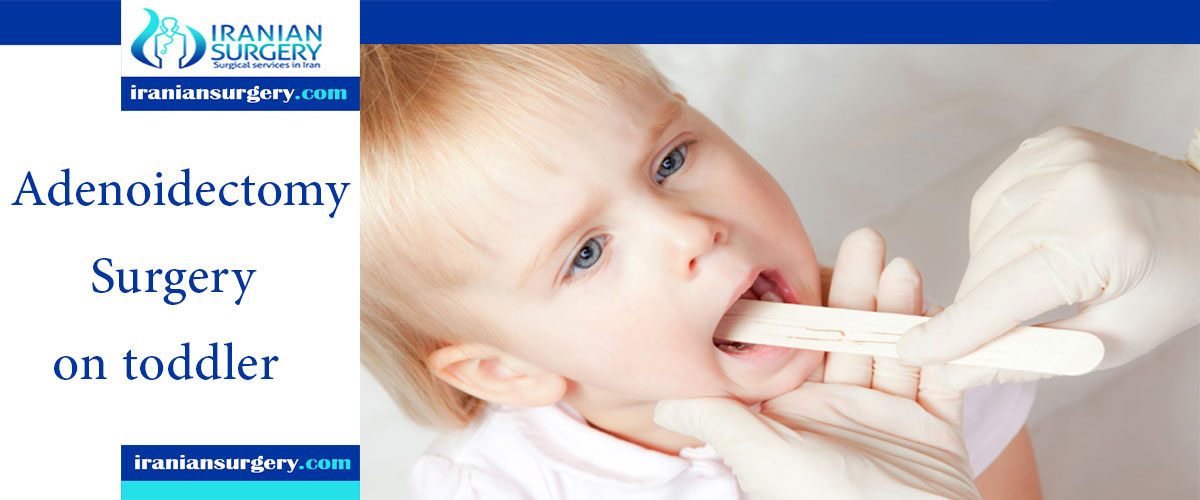adenoidectomy surgery on toddler and child

Can adenoids grow back?
What percentage of adenoids grow back?
Side effects and risks of an adenoidectomy
Adenoidectomy surgery on toddler and child
Taking out adenoids improves breathing. Enlarged adenoids can also affect the tubes that connect the middle ears and the back of the nose. If your child often has ear infections, an adenoidectomy may help them have fewer ear infections. An otolaryngologist/head and neck surgeon will do the surgery. The operation is usually done by an ear, nose and throat (ENT) surgeon and takes around 30 minutes. Afterwards, your child will need to stay in the recovery ward for up to an hour until the anaesthetic has worn off.
Key points
- Your child's enlarged adenoids will be removed in a surgical procedure.
- You child will be asleep and feel no pain when the adenoids are removed.
- Most children can go home the same day as the operation.
- It will take a few days before your child can return to their regular activities and food.
Can adenoids grow back?
Unlike the tonsils, your surgeon cannot completely remove all adenoid tissue in the back of the nose (although today's instruments allow us to do a pretty good job). It is therefore possible for the adenoid to “grow back” and cause symptoms again.
Read more about : Cycling after knee arthroscopy
Read more about : Heart attack
Read more about : Open heart surgery
Read more about : Arachnoid Cyst Treatment
Read more about : Virgin tightening surgery before and after
What percentage of adenoids grow back?
It is therefore possible for the adenoid to “grow back” and cause symptoms again. However, it is quite rare for a child to need to have the adenoid removed a second time. The rate of regrowth varies from 1.3% to 26%. 6,7 The correlation of adenoid regrowth and recurred symptoms is controversial.
Read more about : Knee arthroscopy
Read more about : knee ligament surgery
Read more about : Spinal Fusion Surgery
Side effects and risks of an adenoidectomy
Adenoid removal surgery is generally safe, and healthy children will have a low risk of complications. However, the possible side effects and risks of an adenoidectomy include:
- swallowing problems
- fever
- nausea and vomiting
- a sore throat
- ear pain
- bad breath
It is vital to seek immediate medical assistance if the child bleeds from the nose or mouth following adenoid removal.
read more about: adenoidectomy surgery steps
read more about: adenoidectomy surgery time

